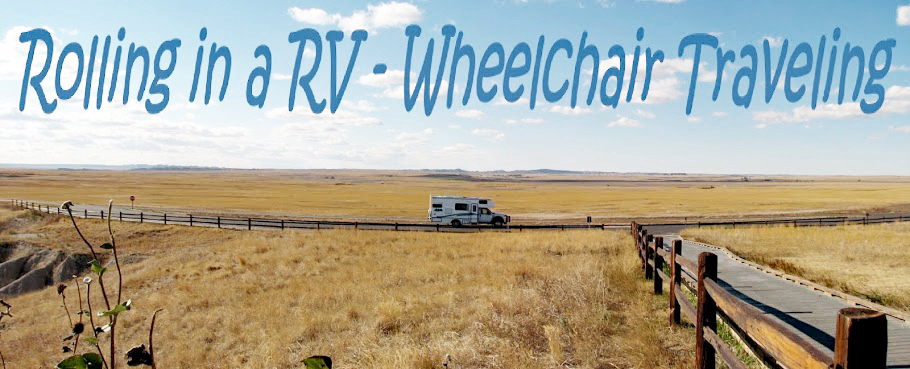The fort was run by Ira Hinkley and his family and later by Ira's brother, Arza, and his family from 1867 to the early 1890s. Two stage coaches and Pony Express riders stopped at the fort every day. At times there were 75 people requiring housing and food which was provided by the Hinkleys with all of the children pitching in to share the chores.
 The twelve rooms of the fort open into a center courtyard and include a telegraph office; a large kitchen and dining room; a laundry room; guestrooms; and the Hinkley's living quarters. All of these are open to tour and are furnished with period pieces. A barn, blacksmith's shop, ice house, and a bunkhouse are located on the grounds outside the fort. The log house where the Hinkelys lived before moving to the fort was dismantled, moved 200 miles from Coalville, Utah, and reconstructed across the street from the fort. Stop there first to see a short video of the history of the family and the fort.
The twelve rooms of the fort open into a center courtyard and include a telegraph office; a large kitchen and dining room; a laundry room; guestrooms; and the Hinkley's living quarters. All of these are open to tour and are furnished with period pieces. A barn, blacksmith's shop, ice house, and a bunkhouse are located on the grounds outside the fort. The log house where the Hinkelys lived before moving to the fort was dismantled, moved 200 miles from Coalville, Utah, and reconstructed across the street from the fort. Stop there first to see a short video of the history of the family and the fort. The fort is fairly accessible. A short step at the log house is bridged by a ramp on request. All of the rooms at the fort have slightly high thresholds that are easily rolled over. The sandy soil is soft and loose which isn't a problem in the interior of the fort because the stone walkways are in good condition however the exterior grounds do not have walkways and it's very difficult to roll along to see the outbuildings
The parking lot is located across the street from the fort and is large enough for any vehicle. Follow the sidewalk to the log house and the fort. The Fort 38.60161, -112.58046












I find these "period" museums fascinating. Glad to hear the state has kept this site and turned it into a museum. So many places were originally "forts" to protect the newbies from Indian raids, what a history, huh?!?
ReplyDeleteYes, where would our history be without the conflicts. :( Fortunately this site was never involved in any bloodshed.
Delete